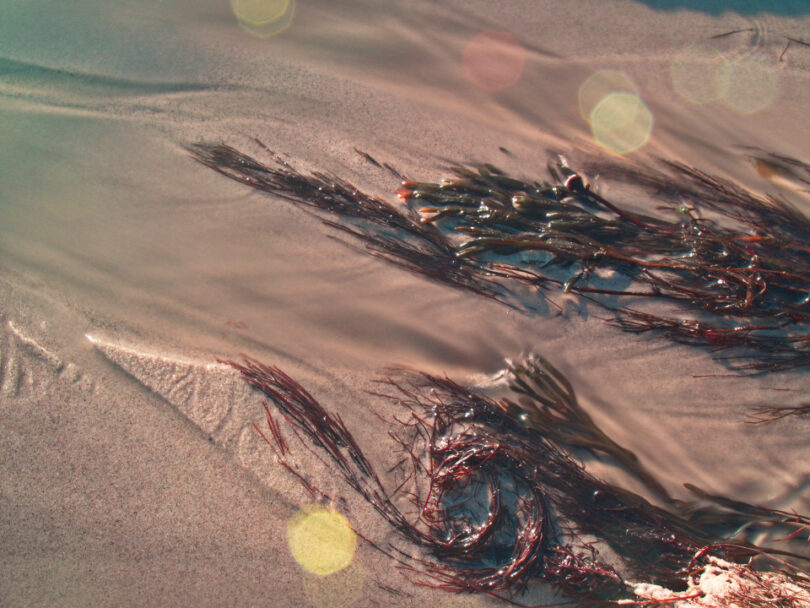
When we think about marine life, we often picture majestic whales, colorful coral reefs, or playful dolphins. However, beneath the surface lies a world of tiny organisms that play a crucial role in our planet’s ecosystem – phytoplankton. Despite their small size, these microscopic organisms have a massive impact on life as we know it.
What are Phytoplankton?
Phytoplankton are microscopic, plant-like organisms that drift in oceans, seas, and freshwater bodies. They are primary producers, meaning they harness sunlight through photosynthesis to convert carbon dioxide and nutrients into organic matter, just like plants on land. This process not only fuels their own growth but also forms the foundation of marine food webs.
Diversity and Importance
Phytoplankton come in various shapes and sizes, ranging from diatoms with intricate glass-like shells to dinoflagellates with whip-like flagella for movement. This diversity is not just for show; it plays a crucial role in global biogeochemical cycles.
Firstly, phytoplankton are responsible for producing over half of the world’s oxygen. Through photosynthesis, they release oxygen as a byproduct, making them vital for the survival of countless marine species and terrestrial life.
Secondly, these tiny organisms form the base of marine food chains. Zooplankton, small animals like krill and copepods, feed on phytoplankton. In turn, zooplankton are consumed by fish, which are then preyed upon by larger predators like seals, sharks, and whales. Without phytoplankton, this intricate web of life would collapse.
Moreover, phytoplankton play a crucial role in regulating Earth’s climate. They absorb carbon dioxide from the atmosphere, helping mitigate the impacts of climate change. Some species even release compounds that can act as cloud condensation nuclei, affecting cloud formation and, consequently, global weather patterns.
Challenges and Threats
Despite their importance, phytoplankton face numerous challenges in today’s world. Climate change, ocean acidification, pollution, and overfishing are all putting pressure on these vital organisms. Changes in temperature and ocean chemistry can disrupt their growth and distribution, leading to cascading effects throughout marine ecosystems.
Furthermore, the loss of phytoplankton can have profound consequences for human societies. Reduced fish stocks, declining oxygen levels in oceans, and altered climate patterns are just some of the potential impacts.
Conservation and Future Prospects
To safeguard phytoplankton and the services they provide, concerted conservation efforts are necessary. This includes reducing carbon emissions to mitigate climate change, improving water quality through pollution control measures, establishing marine protected areas, and promoting sustainable fisheries management.
Innovations in marine science, such as satellite monitoring and advanced modeling techniques, are also aiding our understanding of phytoplankton dynamics and their response to environmental changes. By integrating science, policy, and public awareness, we can work towards a more sustainable future for these unsung heroes of the ocean.
In conclusion, phytoplankton may be small in size, but their contributions to the planet are immense. From oxygen production to supporting marine life and regulating climate, these microscopic organisms are the backbone of Earth’s biosphere. It’s time we recognize their importance and take action to protect and preserve them for generations to come.



